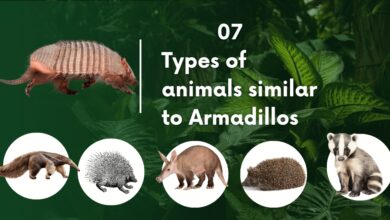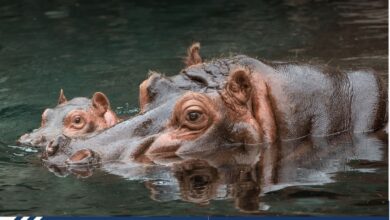The 12 type Animals similar to Moles
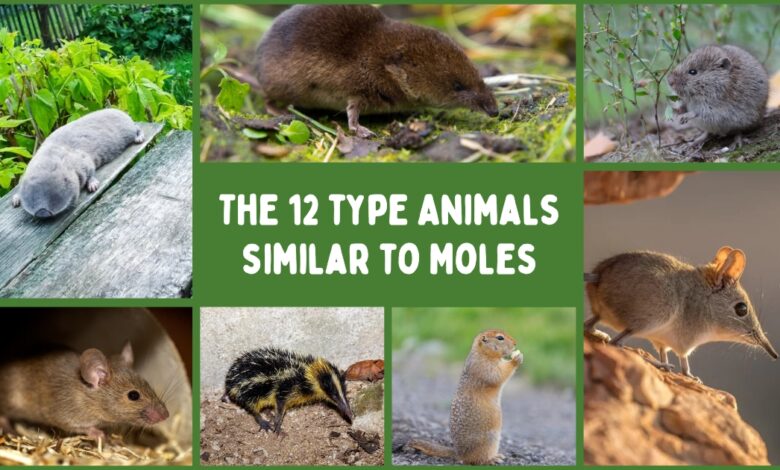
The 12 type Animals similar to Moles
Moles, with their unique adaptations for a subterranean lifestyle, are fascinating creatures well-known for their expert digging abilities and burrowing habits. However, they are not the only animals that have evolved to thrive in the world beneath the surface.
Moles, characterized by their small and stocky build, are primarily subterranean creatures. Their sleek fur is black and velvety, accompanied by a lengthy pink nose, minuscule eyes, and shovel-shaped paws designed for excavating intricate tunnel systems.
This article introduces 12 animals that, in various ways, share similarities with moles. From rodents and insectivores to mammals with specialized digging adaptations, these creatures exhibit a diversity of burrowing behaviors, highlighting the remarkable adaptations that have evolved independently across different species. Join us in exploring this intriguing world of subterranean creatures, each with its own distinctive features and role in the ecosystems they inhabit.
1. Common Shrews
Shrews, small insectivorous mammals, share certain similarities with moles in their subterranean habits, but their approach to burrowing differs.
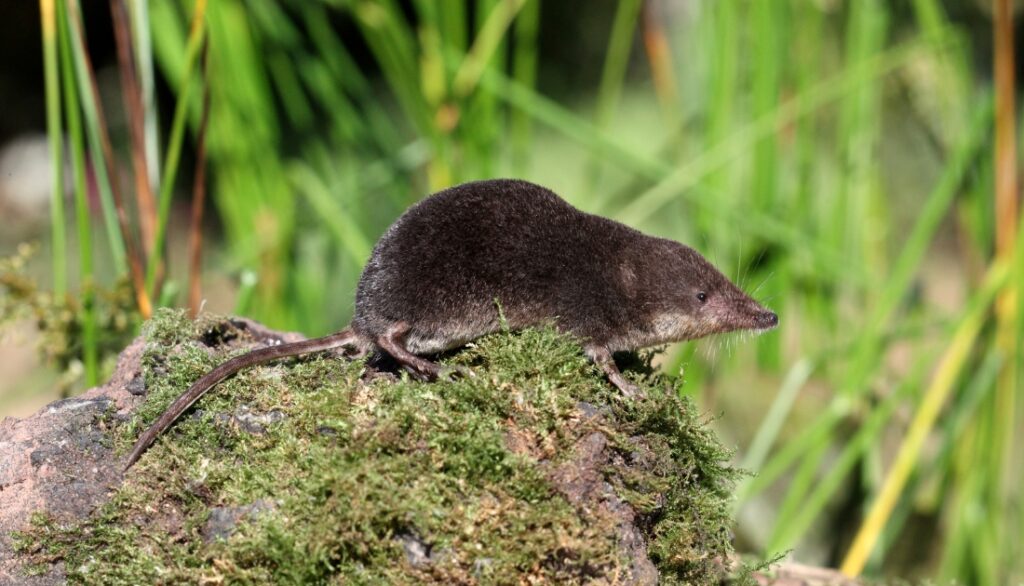
Unlike moles, shrews do not create extensive tunnel systems. Instead, they use their sharp, pointed snouts and strong forelimbs to tunnel through leaf litter and loose soil in search of insects, worms, and other invertebrates. Both moles and shrews exhibit adaptations for a burrowing lifestyle, emphasizing the convergence of traits in animals that navigate the underground world, albeit in distinct ways.
2. Common Voles
Voles, also known as meadow mice, share certain characteristics and habitats with moles but exhibit different behaviors and dietary preferences. Unlike moles, which primarily feed on insects and earthworms, voles are herbivores, consuming a variety of plants, roots, seeds, and grasses. They create shallow burrows and surface runways through grassy areas, often causing damage to crops and gardens in the process. Despite their distinct diets and burrowing habits, voles, like moles, play important roles in ecosystems as both prey and predators, contributing to the complex dynamics of their environments.
See Also: How do otters swim and breathe underwater?
3. Rice Tenrec
The rice tenrec, a diminutive creature, sports a velvety coat of dark fur akin to that of a mole. With minuscule eyes and petite ears resembling those of moles, they share a similar size, measuring between 5.7 to 7.5 inches in length. Like moles, rice tenrecs primarily feast on insects like worms.
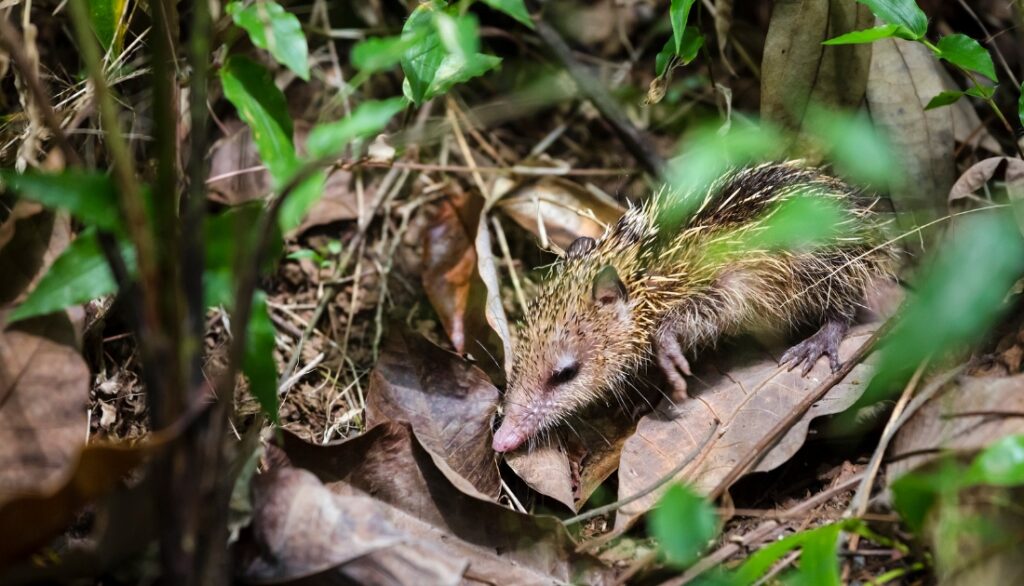
While they do venture above ground occasionally, these intriguing creatures favor the subterranean realm, where they construct intricate burrow systems. They are also known to inhabit rice fields.
4. Golden moles
Golden moles, despite their name, are not true moles but belong to a separate family of mammals called Chrysochloridae. They share the term “mole” due to their similar subterranean habits and adaptations. However, there are distinctions between golden moles and true moles.
Unique features of golden moles include their specialized shovel-like hands with sharp claws, adapted for burrowing in loose soils. Unlike true moles, golden moles have a streamlined body and a covering of dense, plush fur. They are also primarily insectivores, preying on invertebrates like insects and worms.
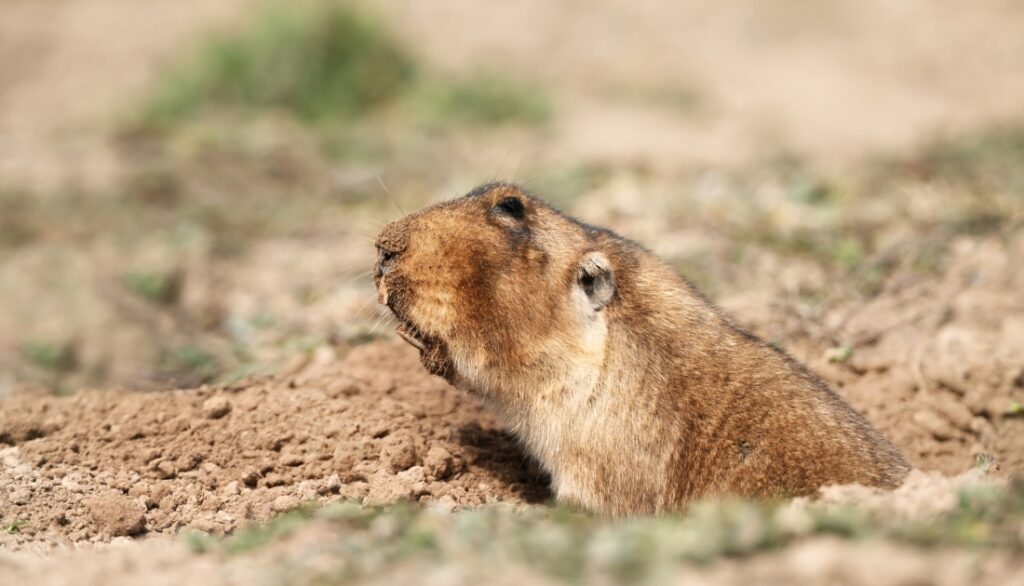
While golden moles and true moles share a subterranean lifestyle, the differences in their physical adaptations and diets highlight the diversity within burrowing mammals.
5. Marsupial
Marsupial Characteristics: Marsupial moles are unique among moles as they belong to the marsupial infraclass. Like other marsupials, they carry their undeveloped young in pouches.
Specialized Forelimbs: Marsupial moles have powerful, shovel-like forelimbs with large claws adapted for burrowing through sandy soils.
Lack of Eyes: Marsupial moles are typically blind or have vestigial eyes, as they spend most of their lives underground, where vision is unnecessary.
Similarities with Moles:
Burrowing Lifestyle: Both marsupial moles and true moles share a similar lifestyle, spending the majority of their time burrowing through the soil in search of food.
Insectivorous Diet: Like true moles, marsupial moles primarily feed on insects, larvae, and other small invertebrates found in the soil.
Adaptations for Underground Living: Both types of moles have adaptations for life underground, including strong limbs, powerful claws, and streamlined bodies.
6. Ground squirrel
The ground squirrel, known for its burrowing lifestyle, utilizes underground burrows for sleeping, food storage, and raising offspring, with each entrance typically measuring around 4 inches in diameter.
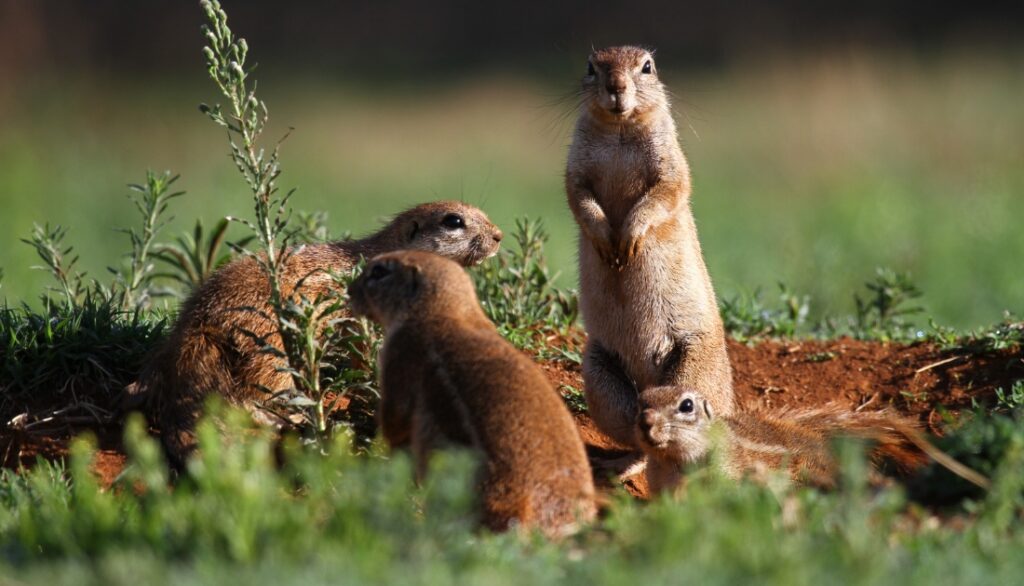
Similar to moles, ground squirrels have a diverse diet that encompasses insects and other small invertebrates. However, they also consume a variety of fruits, grasses, herbs, and shrubs. Like moles, they showcase exceptional digging skills and construct their dwellings underground.
7. Desmans
Desmans are semi-aquatic mammals that share some similarities with moles but also have distinct features. Here are some unique aspects about desmans and their commonalities with moles:
Unique Features of Desmans:
Aquatic Adaptation: Desmans are adapted for a semi-aquatic lifestyle, with webbed feet and a long, flattened tail, which aids in swimming.
Specialized Nose: They have a long, sensitive nose resembling a trunk, equipped with tiny, touch-sensitive hairs called vibrissae, helping them navigate in water and locate prey.
Similarities with Moles:
Burrowing Behavior: Similar to moles, desmans are skilled burrowers, creating extensive tunnel systems along riverbanks.
Insectivorous Diet: Both moles and desmans primarily feed on insects and larvae found in the soil, relying on their excellent sense of touch to locate prey.
While desmans and moles share burrowing habits and insectivorous diets, the aquatic adaptations of desmans set them apart as unique semi-aquatic mammals.
8. Naked Mole Rats
Unique Features:
Eusocial Behavior: Naked mole rats are highly unusual among mammals due to their eusocial structure, living in colonies led by a single breeding queen.
Subterranean Lifestyle: Similar to moles, naked mole rats spend the majority of their lives underground, creating extensive tunnel systems for shelter and foraging.
Hairless Appearance: Contrary to most mammals, naked mole rats lack fur, which aids in navigating tight tunnels and prevents soil particles from sticking to their bodies.
Longevity: Naked mole rats exhibit remarkable longevity for rodents, with some individuals living over 30 years, making them one of the longest-living rodents.
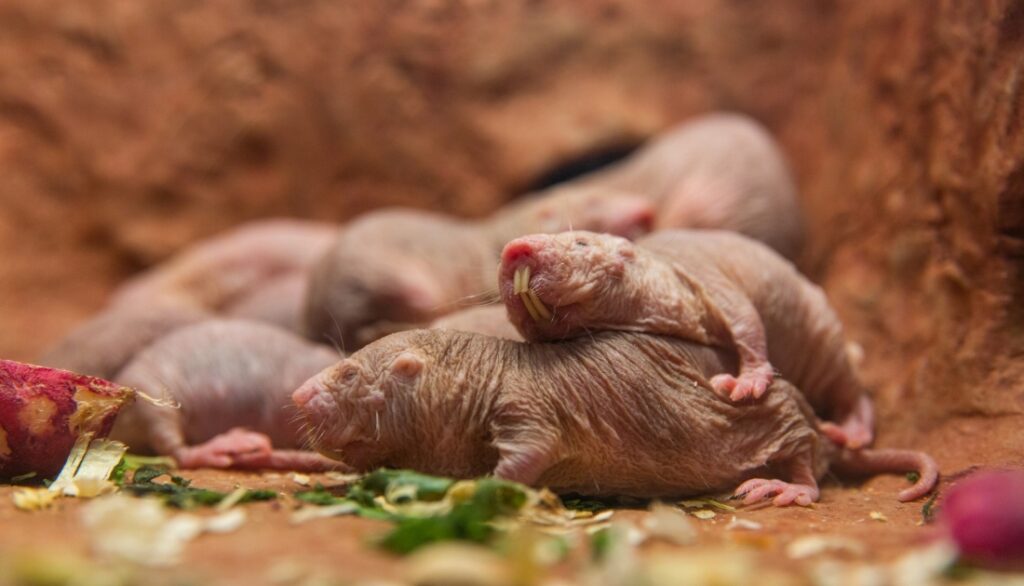
Similarities with Moles:
Burrowing Adaptations: Both naked mole rats and moles have evolved powerful digging adaptations, including strong forelimbs and claws, to facilitate their burrowing lifestyle.
Specialized Teeth: Both species possess specialized teeth adapted for their subterranean habits. Naked mole rats have large incisors used for digging and cutting plant tubers.
Despite the stark differences in social structure and appearance, naked mole rats and moles share common adaptations that are well-suited to their respective subterranean environments.
9. Moon Rats
Moonrats inhabit the islands of Borneo, Sumatra, Labuan, and the Malayan Peninsula in South East Asia. Contrary to their name, moonrats are not rodents; they share close relations with hedgehogs and are also kin to moles, tenrecs, shrews, and solenodons.
Larger than moles, moonrats boast a body length ranging from 13 to 16 inches. Similar to moles, they dwell in burrows on the forest floor, where they establish their dens.
10. Tundra Vole
The Tundra Vole, a small rodent inhabiting the Arctic tundra of Europe, Asia, and North America, closely resembles an adult mole in size, measuring around 7.1 inches in length.
These charming creatures exhibit remarkable digging skills, primarily foraging for their food beneath the surface. Much like moles, female tundra voles give birth to their litters in burrows. Both species share an affinity for subterranean living and the utilization of burrows for shelter and reproduction.
11. Solenodons
Solenodons, belonging to the Eulipotyphla group, are adept burrowers, creating intricate tunnel systems beneath the soil. Sharing similarities with moles, hedgehogs, and shrews, solenodons trace their evolutionary roots back to a divergence from other mammals approximately 70 million years ago, during the era of dinosaurs. Remarkably, they stand out as one of the few venomous mammals.
With dark fur and small eyes reminiscent of moles, solenodons exhibit a larger size, measuring between 11 to 15 inches. Their appearance leans more toward large shrews. Like moles, these intriguing creatures primarily feed on insects and various invertebrates, occasionally including mice and small reptiles in their diet.
12. Myosorex
Myosorex, belonging to the mouse shrew family Soricidae and found in Eswatini, Lesotho, and South Africa, shares a remarkably similar diet with moles, encompassing insects and small invertebrates such as earthworms, centipedes, and spiders.
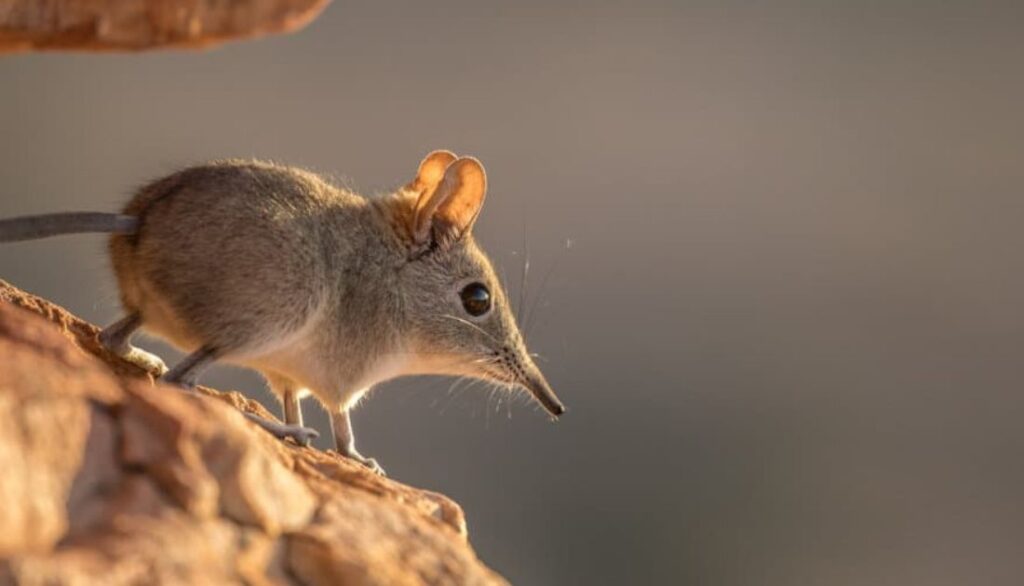
With dark fur, small eyes, and sharp claws resembling those of moles, Myosorex excels in digging, constructing burrows with intricate passages and multiple entrances.

